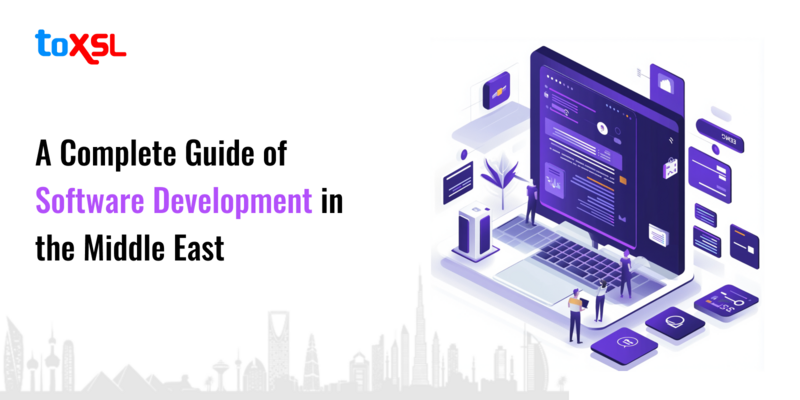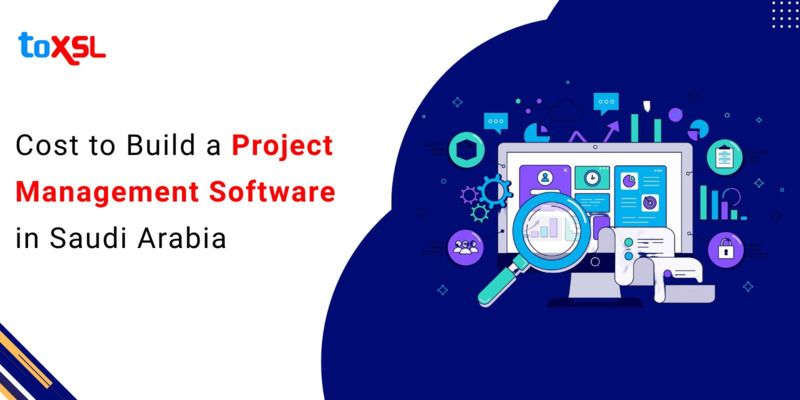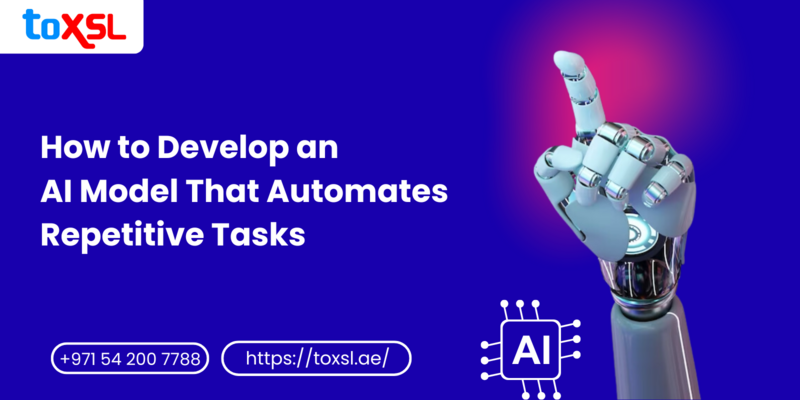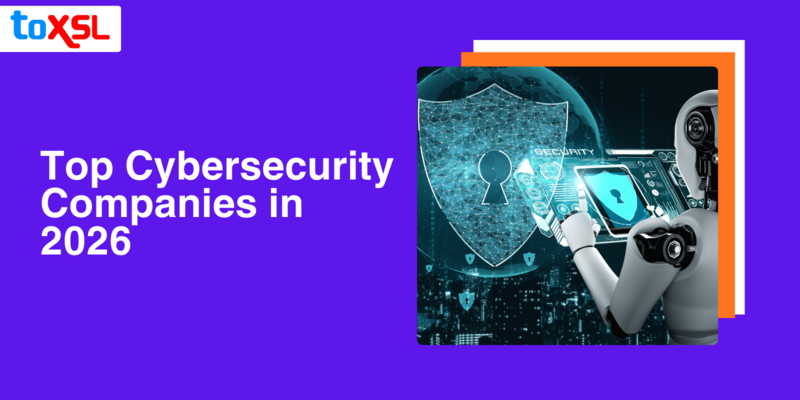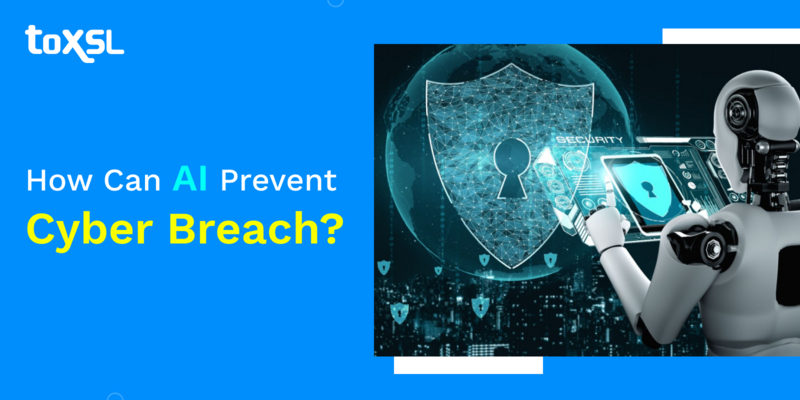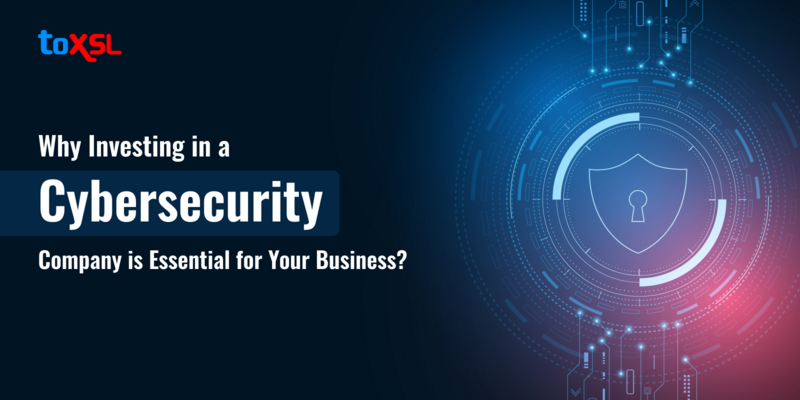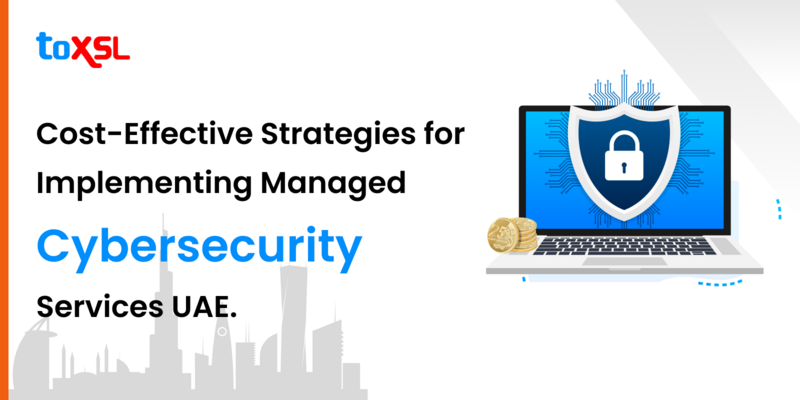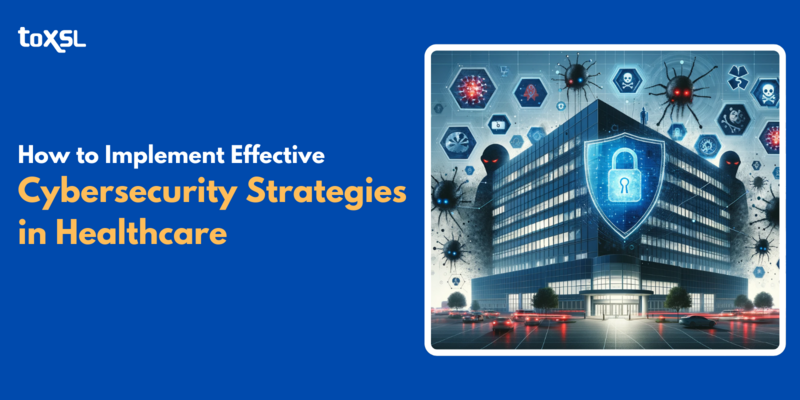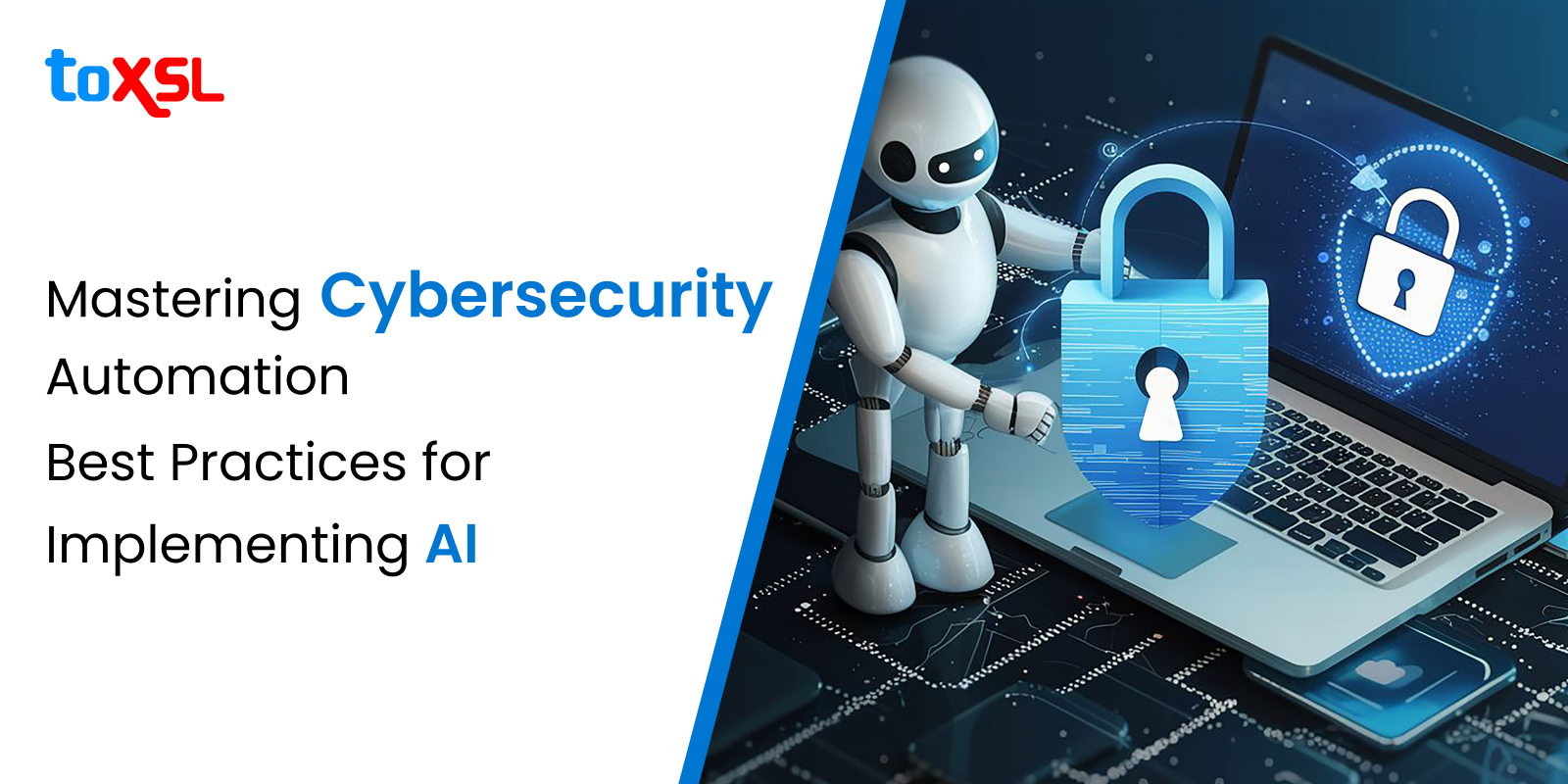
Artificial Intelligence (AI) has become one of the most profound strategic tool for Cyber security professionals. The world is more connected than before and the advancement in tech is introducing more challenges and cyber threats are evolving at an unprecedented pace.
In response, organizations are increasingly turning to artificial intelligence (AI) to enhance their cybersecurity defenses. By harnessing thepower of AI in cybersecurityautomation, businesses can detect and respond to threats more effectively, mitigate risks, and safeguard their critical assets.
Key Takeaways
- AI in Cybersecurity: Enhances threat detection, automates responses, and provides adaptive defense mechanisms.
- Best Practices: Understand needs, ensure data quality, choose the right AI techniques, and balance AI with human expertise.
- Ethical Considerations: Address bias, privacy, and accountability in AI systems.
- Scalability: Start small, gradually expand, and stay adaptive to evolving threats.
- Collaborative Expertise: Combine AI innovation with skilled professionals for robust cybersecurity strategies.
Best Practices for Automating Cybersecurity in Your Enterprise with AI
Implementing AI in cybersecurity automation requires careful planning and execution to ensure its efficacy and avoid potential pitfalls. Here are some best practices to consider:
1.) Understand Organization's Needs:
Before diving into Artificial Intelligence implementation, it's crucial to assess your organization's unique cybersecurity challenges, goals, and infrastructure. Identify areas where automation can provide the most significant impact, such as threat detection, incident response, or vulnerability management.
2.) Data Quality and Quantity:
AI algorithms rely heavily on data for training and decision-making. Ensure that your data is of high quality, relevant, and representative of the threats your organization faces. Additionally, consider the quantity of data required to train your AI models effectively. In cybersecurity, where new threats emerge constantly, having access to real-time data streams is invaluable.
3.) Choose the Right AI Techniques:
AI encompasses various techniques, including machine learning, deep learning, natural language processing, and more. Select the techniques that align best with your cybersecurity objectives and the nature of the threats you encounter. For example, deep learning algorithms may excel at detecting complex malware patterns, while machine learning algorithms can be effective for anomaly detection.
4.) Collaboration with Machines:
While AI can automate many tasks and processes, it's essential to recognize that human expertise remains critical in cybersecurity. Foster a collaborative environment where AI augments human capabilities rather than replacing them entirely. Humans can provide context, make strategic decisions, and interpret complex situations that AI may struggle with.
5.) Continuous Monitoring:
Cyber threats are dynamic and ever-evolving, requiring continuous monitoring and adaptation of AI systems. Implement mechanisms to monitor the performance of your AI algorithms in real-time and incorporate feedback loops for continuous improvement. Regularly update your AI models with new data and insights to ensure their effectiveness against emerging threats.
6.) Ensure Accountability:
AI-driven cybersecurity systems often operate in critical environments where the consequences of errors can be severe. Ensure transparency in how AI makes decisions and provide mechanisms for accountability. Document the decision-making process of AI algorithms, maintain audit trails, and establish protocols for human oversight and intervention when necessary.
7.) Ethical Considerations:
Compliance with regulatory requirements and ethical considerations should guide your AI implementation efforts. Ensure that your AI systems adhere to relevant regulations, such as GDPR, HIPAA, or industry-specific standards. Additionally, consider the ethical implications of AI in cybersecurity, such as bias in algorithms or the impact on privacy rights, and take steps to mitigate these risks.
8.) Invest in Talent and Training:
Building and maintaining AI-driven cybersecurity capabilities require skilled professionals with expertise in AI, cybersecurity, data science, and related fields. Invest in talent acquisition and training programs to develop the necessary skills within your organization. Collaborate with academic institutions, attend industry conferences, and participate in knowledge-sharing communities to stay abreast of the latest developments in AI and cybersecurity.
9.) Start Small and Scale Gradually:
Implementing AI in cybersecurity automation is a journey that requires careful planning and execution. Start with pilot projects or use cases with manageable scope and complexity to demonstrate value and build confidence within your organization. Once proven successful, gradually scale up your AI initiatives across different areas of cybersecurity.
10.) Stay Agile and Adaptive:
The cybersecurity landscape is constantly evolving, with new threats and vulnerabilities emerging regularly. Maintain agility and adaptability in your AI-driven cybersecurity approach to respond effectively to changing circumstances. Embrace innovation, experiment with new technologies, and be prepared to adjust your strategies as needed to stay ahead of cyber threats.
What is the impact of AI on cybersecurity?
In an age defined by digital innovation and relentless cyber threats, the role of artificial intelligence (AI) in cybersecurity has become increasingly pivotal. AI technologies are revolutionizing how organizations defend against sophisticated cyberattacks, enabling proactive threat detection, rapid incident response, and adaptive defense mechanisms. This blog delves into the profound impact of AI on cybersecurity and explores how these advancements are shaping the future of digital security.
1. Enhancing Threat Detection
AI-powered cybersecurity solutions excel in analyzing vast volumes of data in real-time, enabling organizations to identify and mitigate threats before they escalate. Machine learning algorithms can detect anomalies, patterns, and indicators of compromise that may evade traditional security measures. By continuously learning from historical data and evolving threat landscapes, AI systems enhance the accuracy and efficacy of threat detection, empowering organizations to stay ahead of cyber adversaries.
2. Enabling Predictive Analytics
One of the most significant contributions of AI to cybersecurity is its ability to perform predictive analytics and risk assessment. By analyzing historical attack data and identifying emerging trends, AI algorithms can forecast potential security risks and vulnerabilities. This proactive approach allows organizations to prioritize security resources, allocate defenses strategically, and preemptively mitigate threats before they materialize into breaches or compromises.
3. Automated Incident Response
AI-driven automation streamlines incident response processes, enabling organizations to respond rapidly to security incidents. Automated workflows can triage alerts, prioritize incidents based on severity, and orchestrate response actions in real-time. By integrating AI-powered decision-making capabilities, organizations can execute predefined response playbooks, contain threats, and mitigate the impact of security breaches swiftly and efficiently.
4. Adaptive Defense Mechanisms
AI enables organizations to adopt adaptive defense mechanisms that evolve in response to changing threat landscapes. Through continuous monitoring, analysis, and feedback loops, AI systems can dynamically adjust security controls and policies to address emerging threats effectively. By leveraging machine learning and adaptive algorithms, organizations can fortify their defenses, anticipate evolving attack vectors, and proactively adapt their security posture to mitigate risks in real-time.
5. Addressing Challenges
Despite its transformative potential, the widespread adoption of AI in cybersecurity presents several challenges and ethical considerations. These include concerns regarding algorithm bias, data privacy, and the need for transparent and accountable AI systems. Moreover, the shortage of skilled AI talent and the rapid evolution of cyber threats necessitate ongoing investments in research, development, and education to harness the full potential of AI for cybersecurity while mitigating associated risks.
Conclusion
As cyber threats continue to evolve in sophistication and scale, the integration of AI into cybersecurity operations has become indispensable for organizations seeking to safeguard their digital assets and preserve trust in the digital ecosystem. However, successful AI implementation in cybersecurity requires a holistic approach that combines technological innovation, human expertise, and a commitment to continuous improvement. By integrating AI, with the help of companies like ToXSL Technologies, into their cybersecurity strategies thoughtfully and responsibly, organizations can stay one step ahead of cyber adversaries and protect their most valuable assets in an increasingly digital world.
If you are looking to embrace secure AI-driven solutions for your business, look no further than ToXSL Technologies. We have a team of app developers who are well versed with the ins and outs of apps developed by AI. Contact us for secure web & mobile app development.




